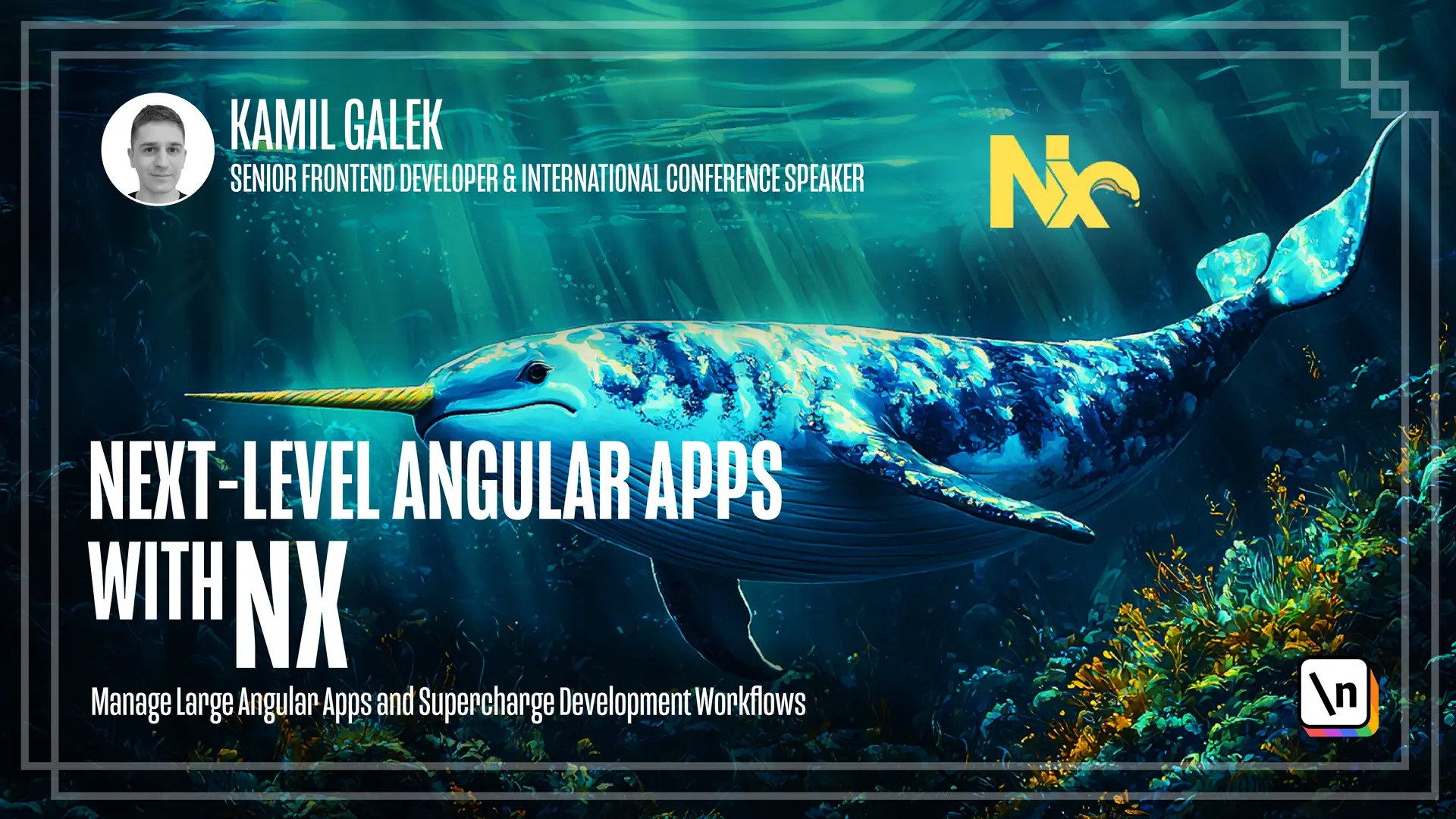Manual migration of existing applications
How to manually migrate complex applications to the NX mono repository
This lesson preview is part of the Next-Level Angular Apps with NX course and can be unlocked immediately with a \newline Pro subscription or a single-time purchase. Already have access to this course? Log in here.
Get unlimited access to Next-Level Angular Apps with NX, plus 90+ \newline books, guides and courses with the \newline Pro subscription.

[00:00 - 00:14] In the previous modules, we used the manual immigration method to migrate our backend application from NES.js application standard NES.js application to NX Monorepo. And there are a few things that you should know about manual immigration.
[00:15 - 00:37] First of all, it's not a rocket science. All you need to do is to create a new empty monorepo and then move some files to new place. In practice, it can be challenging. A lot of things may complicate the process and the bigger and more complicated app is, you can have more problems. So in the next few lessons, we'll focus on a few aspects of manual immigration.
[00:38 - 00:48] We'll focus on potential problems and recommended solutions you may approach during migration. We will discuss preparing the migration plan, a very important step in my opinion.
[00:49 - 01:40] We will consider target architecture after migration and of course, migration process in practice. All these lessons will be constructed as collections of tips. All projects are different and you're the person who knows your project the best. And it's very hard or impossible to create one universal list of migration steps that works on all projects. So I want you to not treat these tips as the best practices because there's no such thing as the best practice you can have only good or bad practices and everything depends on the context. And please be sure that you understand that every app is unique and every app migration process will look different. So we always need to think about migration as a process in the specific context of your application.